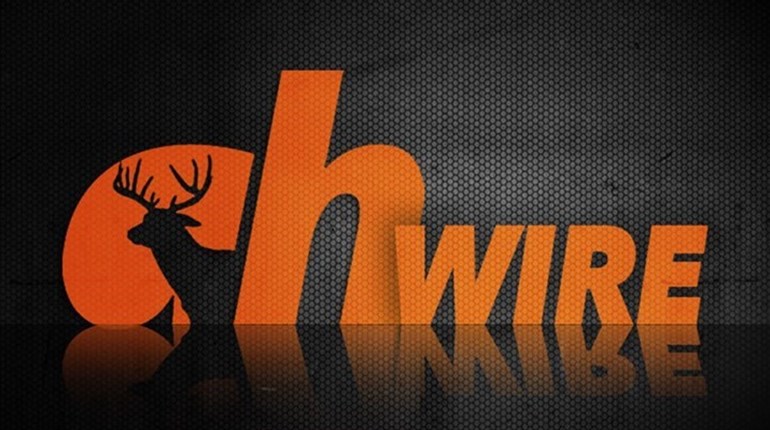
Choosing the right arrow for hunting can be a bit confusing. To simplify the process, you need to understand four things about an arrow shaft—its material, its spine flexibility, weight and straightness.
Shaft Material
You have two choices—aluminum or carbon (though there are also aluminum/carbon composite arrows.) Though they still work well, aluminum arrows are old-school shafts. An arrow company executive recently told me he believes that fewer than 30 percent of all bowhunters today are using aluminum arrows.
Weight
All arrow shaft companies quantify their shafts weight in grains per inch. However, a finished hunting arrow includes everything—vanes, nock, point insert, broadhead, even the glue used to attach vanes. Unless you are one of the top 50 archers in the world, having a quiver filled with arrows that weigh within plus or minus 10 grains or so of each other will not affect your shooting at distances of 50 yards and under. Most normal archers are not proficient enough with pin placement to make this a factor.
More important is deciding whether you want to shoot one of the three general categories of arrows—light, medium or heavy weights. Each affects both arrow trajectory and the kinetic energy delivered to the target, differently, which of course affects penetration. Actual bow weight for compound or reserve bows can be determined at your archery pro shop. Without confusing the issue too much, for most North American bowhunting endeavors, using medium-weight arrows will give you the best combination of trajectory and penetration. That’s what I use.
Straightness
Arrows come from a manufacturer in varying degrees of straightness, measured in thousandths of an inch. These can vary from a dozen shafts that vary as much as +/- .006-inch in straightness down to those that measure +/- .001 in straightness. The straighter the arrow, the more expensive they will typically be. For most bowhunters seeking to achieve maximum accuracy, I recommend shafts of no more than +/- .003-inch in straightness. Per Archery Trade Association standards, straightness should be measured along the full length of the shaft, minus 2 inches.
Another thing about straightness is that aluminum arrows can, and do, bend during the normal course of shooting. Carbon arrows, however, never take a permanent bend. They may flex, but always come back to their original straightness. Remember, an ultra-straight, professional grade arrow won’t remedy poor form or replace consistency with your bow.
Spine
Spine is probably the most important part of the arrow shaft equation. Here’s why: When an arrow is launched from a bow, the arrow flexes. This is called the “archer’s paradox.” To optimize accuracy, this flex needs to be a specific amount—not too much and not too little—and stay consistent among all the arrows in your quiver in order to carry a group. If the arrow flexes too much it is said to have a “weak” spine; if it flexes too little it is said to have a “stiff” spine.
All arrow manufacturers provide you with a chart to help you select a shaft that has the correct spine for your bow. In large measure, this is dependent on your draw weight and draw length, and to a lesser degree on the weight of the arrow point you use. But generally speaking, it is easier to get a bow to tune properly with arrows that are a bit on the stiff side rather than those on the weak side.




































